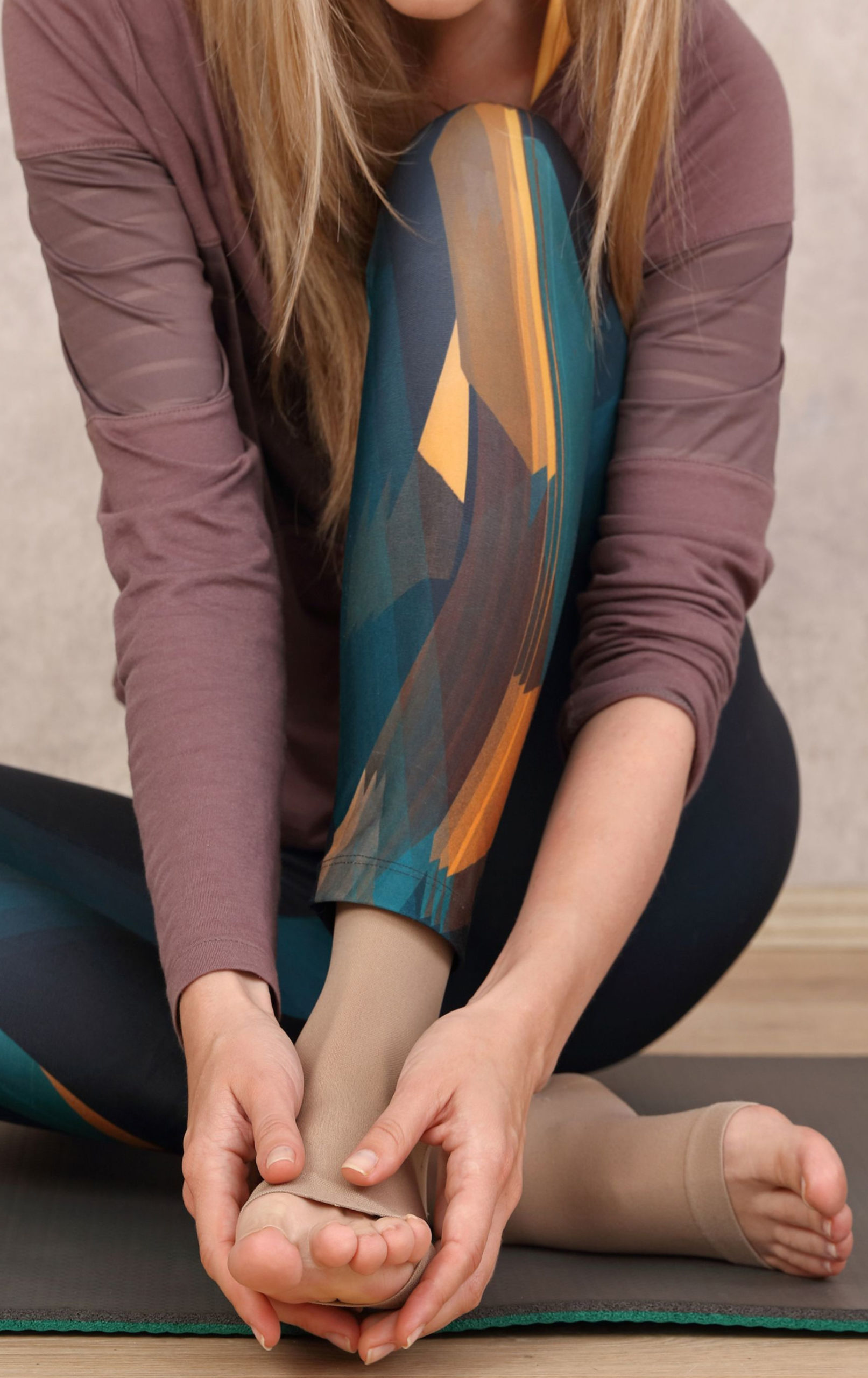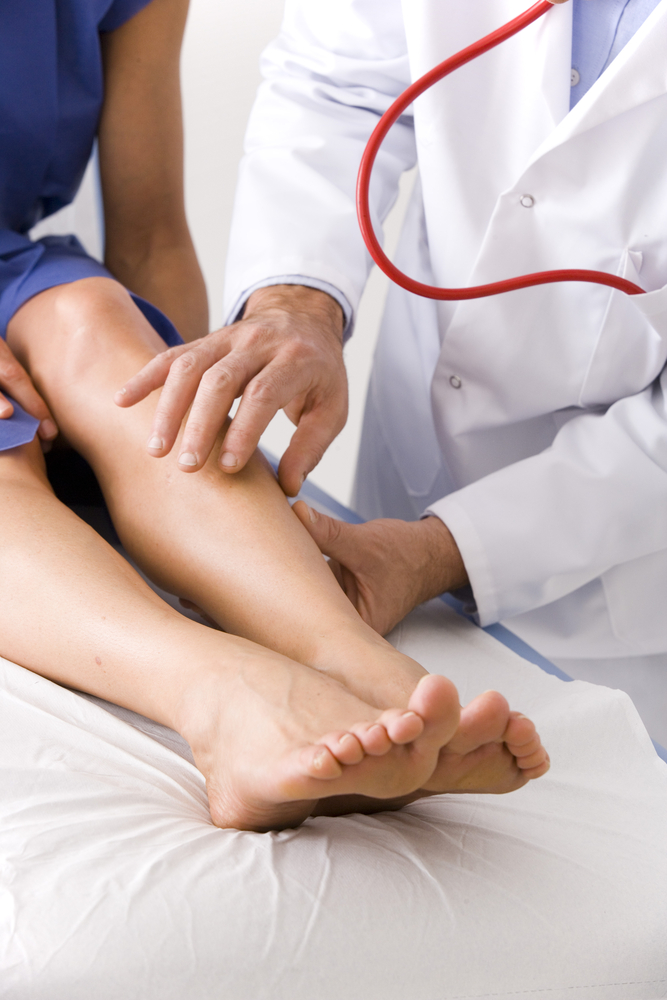
Poor Circulation
When oxygenated blood can’t get around your body effectively, your body gets tired a lot faster. Poor circulation also can lead to several health conditions and vascular diseases.
What Causes Poor Circulation?
Many factors contribute to poor circulation. Mainly it’s an accumulation of risk factors that result in plaque buildup and narrowing of the blood vessels. Those factors combined make it much harder for the body to effectively circulate the blood.
Risk Factors for Poor Circulation
- Age
- Alcohol use
- Family History of Circulatory Problems
- Poor diet
- Pulmonary embolism
- Sitting for long periods
- Smoking
What Medical Conditions Cause Poor Circulation?
- Atherosclerosis
- Blood clots
- Deep Vein Thrombosis (DVT)
- Diabetes
- High blood pressure
- Obesity
- Peripheral Artery Disease (PAD)
- Raynaud’s disease
- Varicose veins
- Venous Insufficiency
Can High Blood Pressure Cause Poor Circulation?
Yes, high blood pressure does affect your overall circulation. High blood pressure is usually a sign that there is build-up in the blood vessels and that the surrounding areas of your body aren’t getting enough blood flow.
Are Varicose Veins A Sign Of Poor Circulation?
Varicose veins are caused by problems with the veins being able to return blood from the extremities to the heart–yes, they are a sign of poor circulation. Although, in a bit of a different way.
What Doctor To See For Poor Leg Circulation
For poor circulation treatment, you’ll need to see a vascular specialist or a vascular physician. When you work with the vascular specialists at VeinSolutions, we’ll help you thoroughly understand your condition and your treatment options.

What Are Some Treatments And Remedies For Poor Circulation?
The treatment will depend on what’s causing your poor circulation. However, one of the generally helpful treatments for vascular insufficiency and poor blood flow that is usually prescribed across the board is compression stockings.
- For blood vessels clogged by plaque, angioplasty treatments are highly effective.
- For veins and arteries that have shrunk (Atherosclerosis), angioplasty and stent placement are effective treatments.
- If your poor circulation is caused by a blood clot, blood thinners can help clear up the clots.
Treatment for poor circulation in the legs and other areas will also include making some lifestyle changes. Your doctor will work with you to establish a regular exercise program to help improve your circulation and vein health.
At-Home Remedies to Improve Blood Circulation
Improving the flow of blood through your body is fairly easy to do. Since inactivity leads to poor circulation, incorporating healthy levels of physical activity into your day will help reverse that condition.
Elevating your feet will also help relieve pain from your aching legs. You should also work on drinking enough water each day to stay hydrated to improve your blood flow. Stretching regularly is another step you can take to improve circulation problems.

Poor Blood Circulation Treatment at VeinSolutions™ Flint
The best and most effective treatment for DVT is compression therapy. The main goals of DVT treatment are to reduce the size of the blood clot and to prevent it from getting bigger. Additionally, we want to do as much as we can to prevent the blood clot from breaking off and causing PE or other problems.
